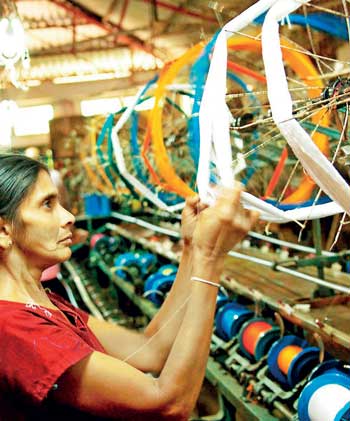19 May 2015 - {{hitsCtrl.values.hits}}
.jpg)
 vernment’s efforts in promoting balanced regional development and developing the rural economy. The SME sector is an ideal platform for the government to invest and support to reduce the gap between the haves and the have-nots.
vernment’s efforts in promoting balanced regional development and developing the rural economy. The SME sector is an ideal platform for the government to invest and support to reduce the gap between the haves and the have-nots.
26 Nov 2024 26 Nov 2024
26 Nov 2024 26 Nov 2024
26 Nov 2024 26 Nov 2024
26 Nov 2024 26 Nov 2024
26 Nov 2024 26 Nov 2024